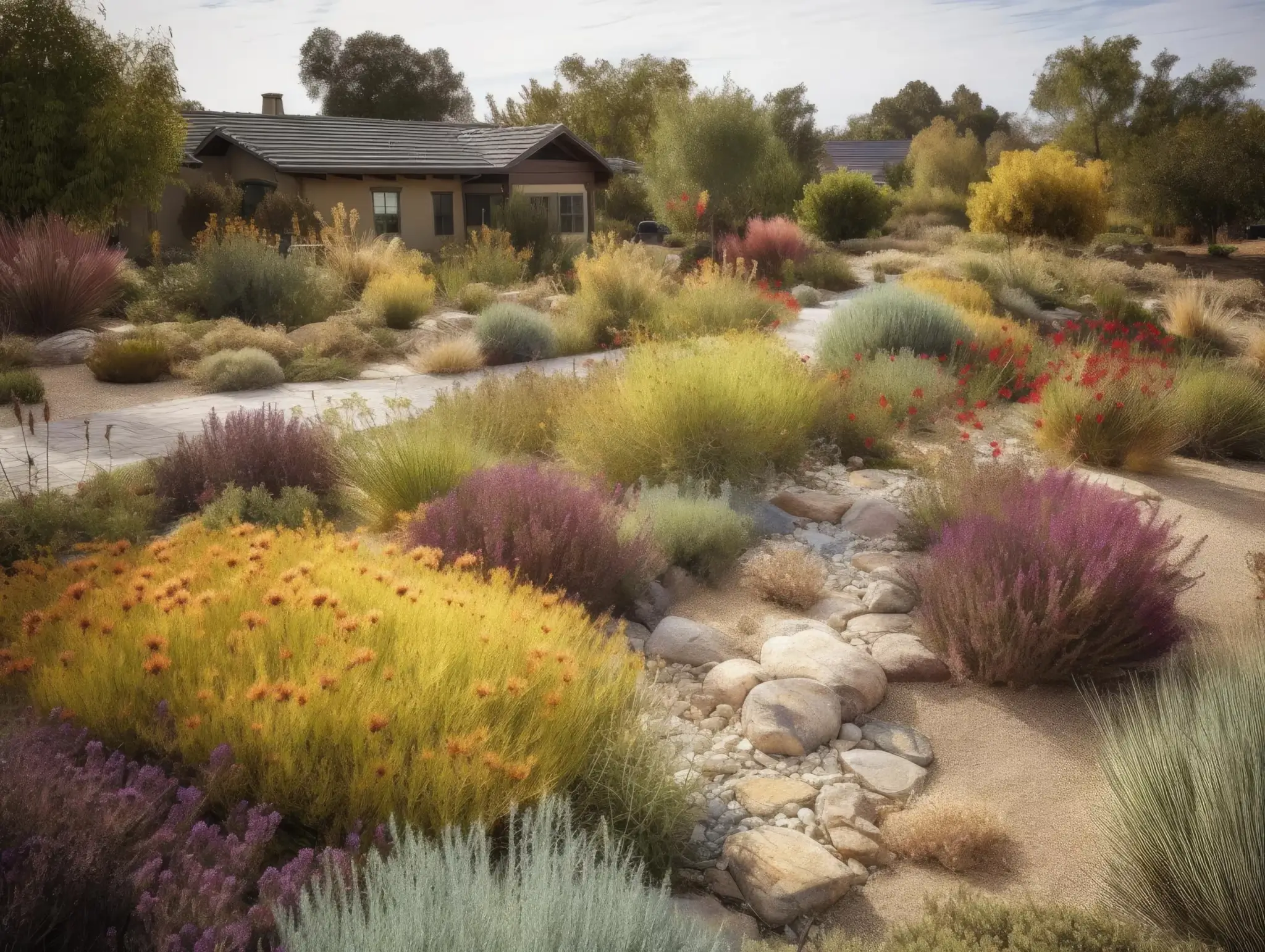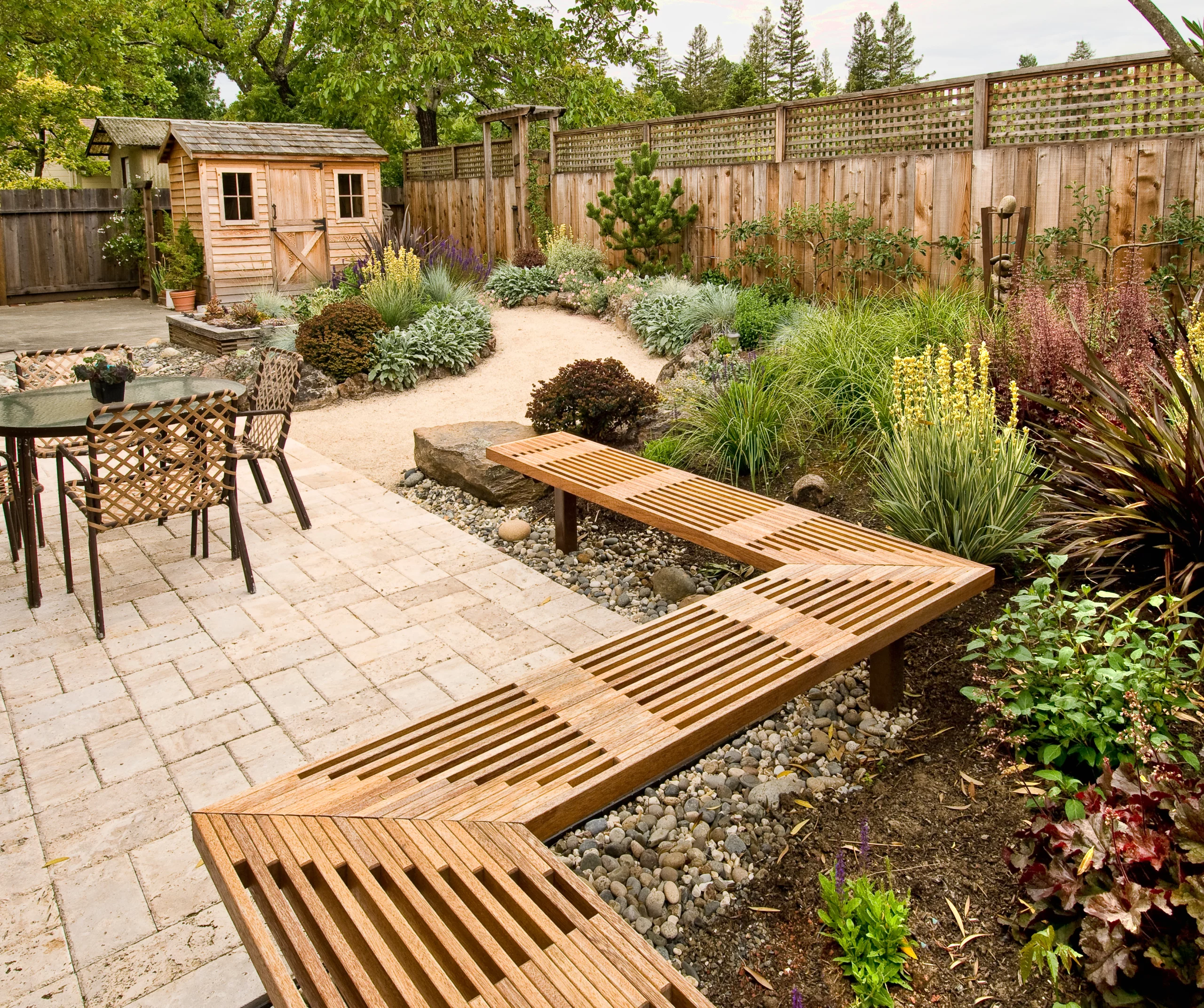TLDR: Native Landscaping is getting a boost at the moment during extended droughts, but depending on your area and budget-you might want to consider everything that goes into a transformation.
Ditching the Grass: Going Natural with Native Landscaping
If you’re tired of mowing, watering, and watching your grass turn brown in the summer, you might be considering a change. Or maybe you want to create a more equitable world for pollinators and rain water collection? The best way to save money and start investing in your soils, neighborhood climate, and curb appeal is to go with native landscaping. But before you grab a shovel and start digging, let’s weigh the pros and cons of this green transformation.
Pros:
Low Maintenance: Native plants are like the lazy gardener’s best friend. Once they’re established, they require way less water, fertilizer, and maintenance compared to a thirsty lawn. No more dreading the weekly mow or worrying about brown patches.
Biodiversity Boost: Native landscaping provide a haven for local wildlife. You’ll be amazed at the variety of insects, birds, and even small mammals that will call your yard home. It’s like having your own private wildlife sanctuary!
Water Conservation: With climate change upon us, water is becoming more precious than ever. Sustainable landscapes are adapted to your local climate, which means they can usually thrive on rainfall alone once they’re established. This saves both water and money.
Improved Soil Health: Native plants often have deep roots that help improve soil structure and prevent erosion. They also don’t require the heavy doses of chemicals that lawns do, so your soil will thank you.
Year-round Beauty: sustainable lawns come in a stunning array of colors and shapes, providing year-round interest. From the vibrant blooms of spring to the rich foliage of fall, there’s always something to admire in a native garden. You can also go bold and consider xeriscaping!
Cons:
Upfront Effort: Transforming your yard from grass to native plants is not a weekend project. It takes planning, preparation, and some sweat equity. You’ll need to remove the existing grass and possibly amend the soil.
Initial Cost: Buying native plants, mulch, and any necessary tools can be more expensive upfront than a bag of grass seed. However, the long-term savings in water and maintenance costs often outweigh this.
Numerous incentive programs in urban areas will PAY YOU to remove your grass which can offset the cost.
Local Ordinances: Check with your local government before going all-out native. Some areas have restrictions on yard landscaping, so make sure you’re in the clear before digging in.
Weeding: While native plants are generally less prone to pests and diseases, you’ll still need to do some weeding, especially in the first few years as your garden gets established. But hey, weeding can be therapeutic, right?
Design Challenges: Designing a native garden can be trickier than plopping down a patch of grass. You must consider plant spacing, heights, and colors to create a visually appealing and functional space.
Ultimately, the decision to swap out your grass for native plants comes down to your personal preferences and priorities. If you’re an eco-conscious homeowner looking to reduce your environmental impact and enjoy a low-maintenance, wildlife-friendly oasis, the pros of going native outweigh the cons. Plus, it’s a chance to be a local environmental hero, supporting the natural ecosystem while making your neighborhood greener.

However, if you’re someone who enjoys the pristine look of a manicured lawn and doesn’t mind the upkeep, or if you live in an area with strict landscaping regulations, sticking with grass might be the better choice for you.
But here’s the deal: You don’t have to go all-in or all-out. You can start small, replacing a portion of your lawn with sustainable solutions and seeing how it goes. Many folks find that once they dip their toes into native gardening, they can’t wait to dive in headfirst.
In the grand scheme of things, replacing grass with native landscaping is a small change with a big impact. It’s a step towards a more sustainable and biodiverse world, right in your own backyard. So, what are you waiting for? Grab a shovel, some native plants, and let’s get growing! Your yard, the environment, and future generations will thank you.
How to Find an Incentive
If you’re interested in native landscaping on your property, head over to Rainplan’s incentive browser to explore resources for your project.


